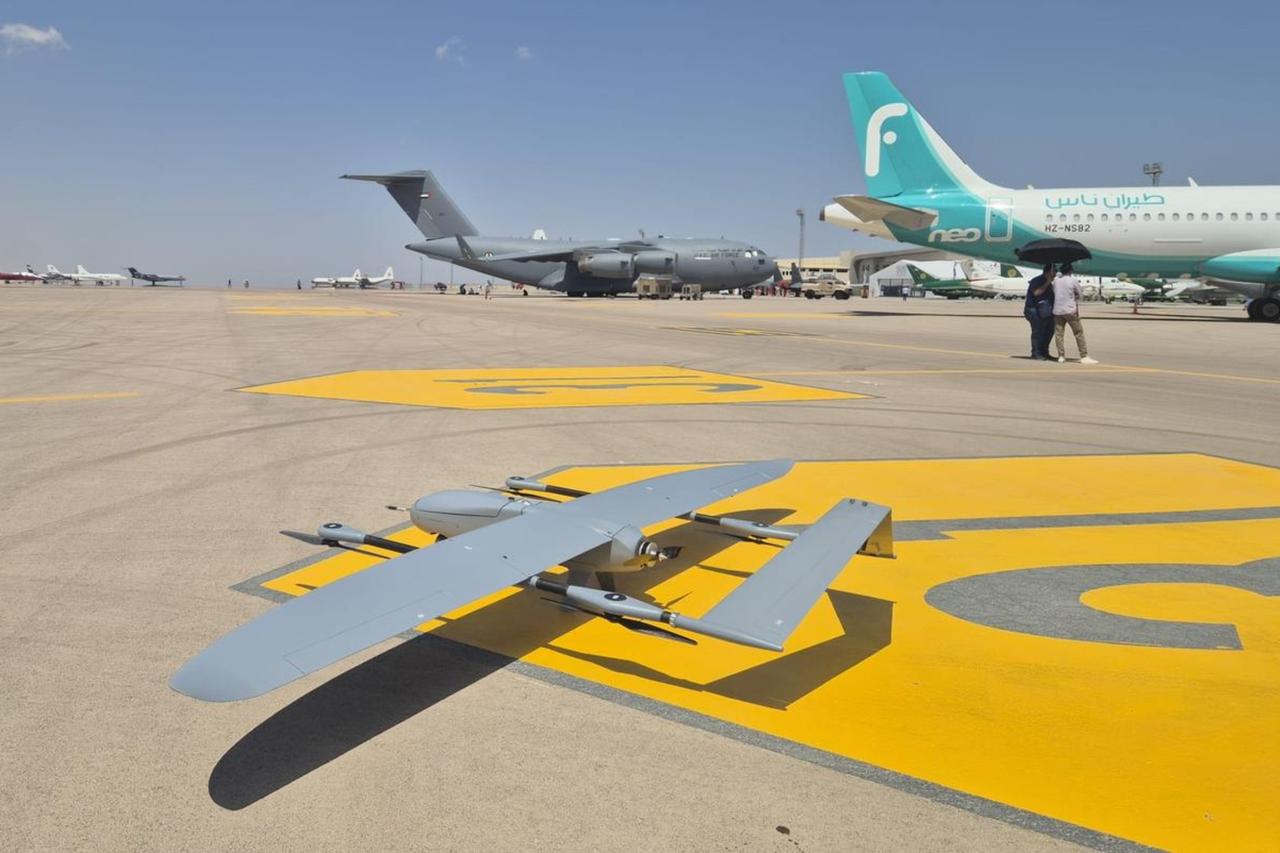Australia’s strategic defense posture is undergoing a significant transformation, with the Northern Territory (NT) increasingly being designated as the pivotal hub for its amphibious architecture. This decision by the Royal Australian Navy (RAN) is far more than a logistical rearrangement; it’s a profound strategic recalibration, acknowledging the NT’s unparalleled geographical advantages and its critical role in projecting Australian influence and responding to challenges across the vast and increasingly complex Indo-Pacific region. By centering its amphibious capabilities in the north, Australia is signaling a commitment to a forward-leaning, responsive, and robust maritime defense strategy.
The Northern Territory, with its expansive coastline, strategic ports like Darwin, and proximity to Southeast Asia and the wider Indo-Pacific, offers unique advantages for amphibious operations. Amphibious warfare is inherently about projecting power from sea to land, a complex endeavor that requires seamless coordination of naval vessels, land forces, and air assets. Centralizing this capability in the NT optimizes several critical factors:
- Geographic Proximity: The NT’s location significantly reduces transit times to key areas of interest in the Indo-Pacific, allowing for faster response to regional contingencies, humanitarian crises, or military operations.
- Existing Infrastructure: Darwin already boasts substantial military infrastructure, including naval bases, airfields, and training areas, which can be further developed to support the specific needs of an amphibious force.
- Training Opportunities: The NT’s diverse terrain, from coastal areas to remote bushland, provides ideal conditions for realistic amphibious training exercises, essential for maintaining high levels of readiness and interoperability.
- Strategic Depth: Basing amphibious assets in the north provides greater strategic depth compared to the more populous southern states, making them less vulnerable to potential threats and more strategically positioned for forward deployment.
The move to make the NT the hub of Australia’s amphibious architecture underscores a broader strategic focus on the Indo-Pacific. This region, characterized by its growing economic importance, complex geopolitical dynamics, and potential flashpoints, demands a robust and agile defense capability. Amphibious forces, with their ability to deploy rapidly, conduct forced entry operations, provide humanitarian assistance, and project power from the sea, are ideally suited for this environment.
This initiative involves more than just basing ships. It encompasses a holistic approach to building an integrated amphibious capability, including:
- Naval Assets: Housing Australia’s Landing Helicopter Docks (LHDs), such as HMAS Canberra and HMAS Adelaide, along with their associated Landing Craft, heavy sealift ships, and other support vessels.
- Land Forces: Integrating elements of the Australian Army, particularly those specialized in amphibious operations, such as the 2nd Battalion, Royal Australian Regiment (2RAR), which is being designated as the amphibious ready element.
- Air Assets: Ensuring seamless coordination with naval aviation (e.g., helicopters operating from LHDs) and Royal Australian Air Force (RAAF) support.
- Logistics and Sustainment: Developing robust logistical chains and maintenance facilities to support prolonged amphibious operations from the NT.
- Training and Exercises: Conducting regular, large-scale exercises with allies and partners (such as the United States Marine Corps’ rotational presence in Darwin) to hone skills and enhance interoperability.
The decision also reflects insights gained from recent defense reviews and the evolving nature of threats, including natural disasters and regional instability. Amphibious forces are uniquely equipped to provide rapid assistance in such scenarios, making this investment a dual-purpose capability for both defense and disaster relief.
In conclusion, the Australian Navy’s decision to make the Northern Territory the central hub of its amphibious architecture is a landmark strategic move. It is a clear and decisive investment in Australia’s capacity to project power, protect its interests, and contribute to regional stability across the vast Indo-Pacific. By leveraging the NT’s unparalleled geographical advantages and committing to a comprehensive approach to amphibious capability, Australia is enhancing its defense posture, ensuring it remains a formidable and responsive maritime power in a dynamically changing world.




